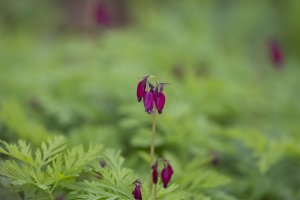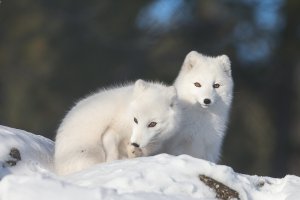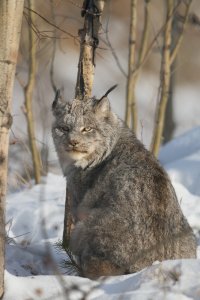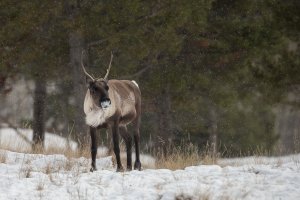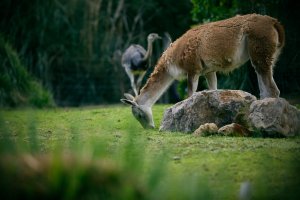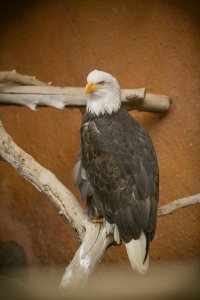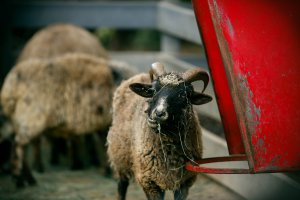You are using an out of date browser. It may not display this or other websites correctly.
You should upgrade or use an alternative browser.
You should upgrade or use an alternative browser.
Canon EF 300mm f/2.8L IS II USM
- Thread starter dolina
- Start date
Thanks Scotty! I was pretty much surprised that I got this shot so well.ScottyP said:Incredible shot. Very dramatic 3/4 angle, and super sharp. The 2nd OOF duck really shows the tight depth of field and the sharp focus too. Nice!dolina said:
Philippine Duck (Anas luzonica) by alabang, on Flickr
Anas luzonica is endemic to the Philippines, being recorded from all the major islands and eight smaller islands. Records since 1980 derive from c.30 localities, most on Luzon and Mindanao. Records from Siquijor and the Sulus remain unsubstantiated. A steep population decline was evident by the mid-1970s, with high numbers recorded at only a few sites in the following decade, e.g. Candaba Marsh (Luzon) which probably supported many thousands in the early 1980s. Subsequent local extinctions and near-disappearances have occurred in several significant sites, including Candaba Marsh and Buguey wetlands (where several thousand were recorded in 1983). Important current areas include Polillo Island (240 seen and an estimated 3,000 present in 1996), Subic Bay (600 seen in 1997), Magat dam (2,000 were seen in 2001) and Malasi lakes (1,320 were recorded in 2002), Luzon. Other recent records come from Mangatarem, Pangasinan (east of Zambales Mountains IBA) where 70 individuals were counted on the Barabac River inside the Manleluag Spring National Park, Cantilan mangroves in Surigao del Sur and from a mangrove fishpond in Bicol Region, Southern Luzon1. In 1993, its population was estimated at 10,000-100,000, but by 2002 fewer than 10,000 birds were thought to remain.
Source: http://83.138.144.95/datazone/speciesfactsheet.php?id=439
Upvote
0
Great images!
I have a quick question:
Did any of you own the mk1 of this lens previously? If so, what would be your key reason to upgrade? I owned the mk1 once, and I can't think of anything other than IS and weight to be better, an incredible lens.
I have a quick question:
Did any of you own the mk1 of this lens previously? If so, what would be your key reason to upgrade? I owned the mk1 once, and I can't think of anything other than IS and weight to be better, an incredible lens.
Upvote
0
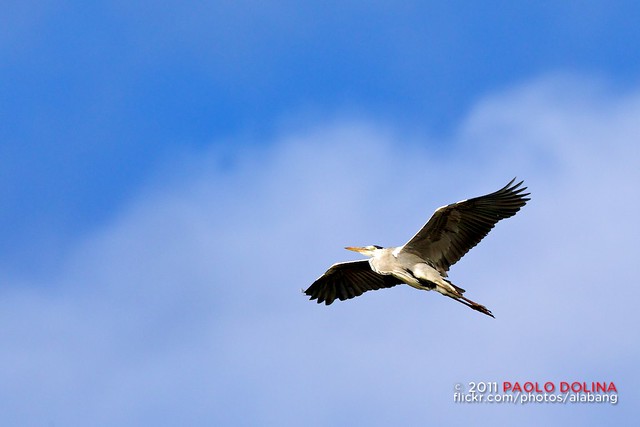
Grey Heron (Ardea cinerea) by alabang, on Flickr
The Grey Heron (Ardea cinerea), is a wading bird of the heron family Ardeidae, native throughout temperate Europe and Asia and also parts of Africa. It is resident in the milder south and west, but many birds retreat in winter from the ice in colder regions. It has become common in summer even inside the Arctic circle along the Norwegian coast.
Source: http://en.wikipedia.org/wiki/Grey_Heron
Upvote
0
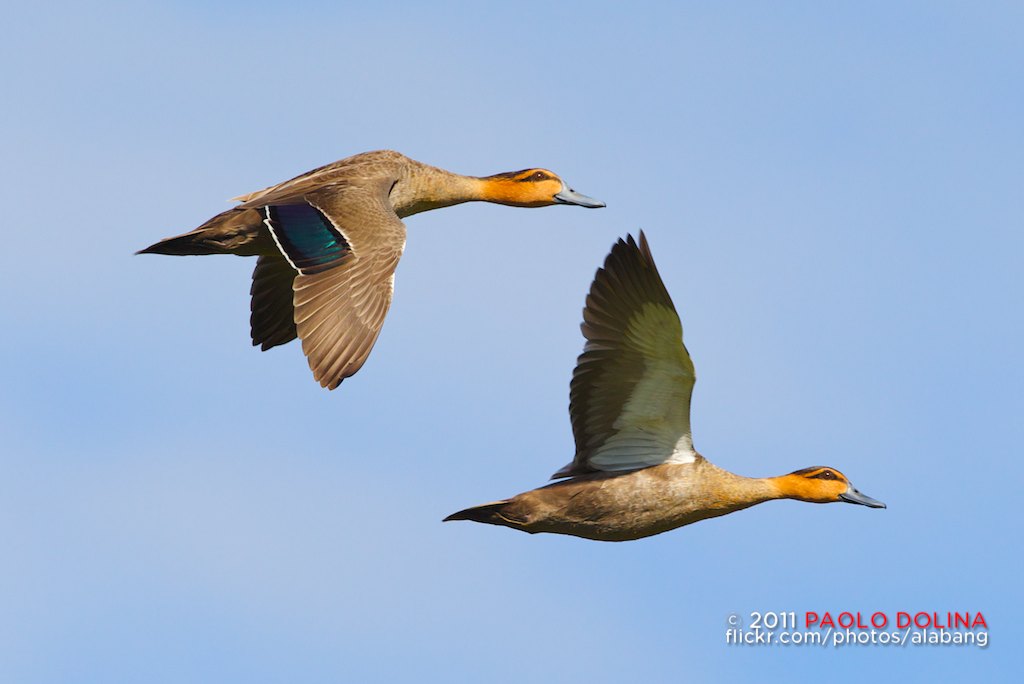
Philippine Duck (Anas luzonica) by alabang, on Flickr
Anas luzonica is endemic to the Philippines, being recorded from all the major islands and eight smaller islands. Records since 1980 derive from c.30 localities, most on Luzon and Mindanao. Records from Siquijor and the Sulus remain unsubstantiated. A steep population decline was evident by the mid-1970s, with high numbers recorded at only a few sites in the following decade, e.g. Candaba Marsh (Luzon) which probably supported many thousands in the early 1980s. Subsequent local extinctions and near-disappearances have occurred in several significant sites, including Candaba Marsh and Buguey wetlands (where several thousand were recorded in 1983). Important current areas include Polillo Island (240 seen and an estimated 3,000 present in 1996), Subic Bay (600 seen in 1997), Magat dam (2,000 were seen in 2001) and Malasi lakes (1,320 were recorded in 2002), Luzon. Other recent records come from Mangatarem, Pangasinan (east of Zambales Mountains IBA) where 70 individuals were counted on the Barabac River inside the Manleluag Spring National Park, Cantilan mangroves in Surigao del Sur and from a mangrove fishpond in Bicol Region, Southern Luzon1. In 1993, its population was estimated at 10,000-100,000, but by 2002 fewer than 10,000 birds were thought to remain.
Source: http://83.138.144.95/datazone/speciesfactsheet.php?id=439
Location: http://en.wikipedia.org/wiki/Candaba,_Pampanga
Upvote
0
Just got this lens a couple weeks ago to compliment my 600II and hopefully mostly retire my 100-400. These shots are from the Yukon Wildlife Preserve near Whitehorse, Yukon Canada. The sheep is bare lens, the arctic foxes and the Canadian lynx are with the 1.4IIITC and the Caribou is with the 2.0IIITC. All shot handheld.
Attachments
Upvote
0
arbitrage said:Just got this lens a couple weeks ago to compliment my 600II and hopefully mostly retire my 100-400. These shots are from the Yukon Wildlife Preserve near Whitehorse, Yukon Canada. The sheep is bare lens, the arctic foxes and the Canadian lynx are with the 1.4IIITC and the Caribou is with the 2.0IIITC. All shot handheld.
Great shots; It seems you could get very close to get these shots.
Upvote
0
Dylan777 said:Amazon bird - don't recall the name, too busy shooting
Roseate Spoonbill
From Wikipedia:
The Roseate Spoonbill (Platalea ajaja) (sometimes placed in its own genus Ajaja) is a gregarious wading bird of the ibis and spoonbill family, Threskiornithidae. It is a resident breeder in South America mostly east of the Andes, and in coastal regions of the Caribbean, Central America, Mexico, and the Gulf Coast of the United States.
Upvote
0
serendipidy said:Dylan777 said:Amazon bird - don't recall the name, too busy shooting
Roseate Spoonbill
From Wikipedia:
The Roseate Spoonbill (Platalea ajaja) (sometimes placed in its own genus Ajaja) is a gregarious wading bird of the ibis and spoonbill family, Threskiornithidae. It is a resident breeder in South America mostly east of the Andes, and in coastal regions of the Caribbean, Central America, Mexico, and the Gulf Coast of the United States.
Thanks serendipidy,
Upvote
0




